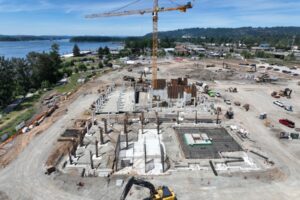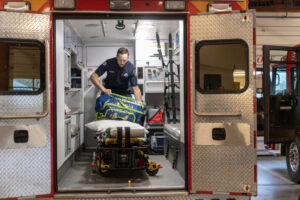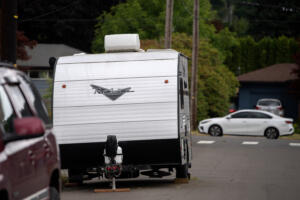A plan to reconfigure the Port of Camas-Washougal’s levee system is expected to remove a section of the levee where some deficiencies have been noted by the U.S. Army Corps of Engineers.
Other deficiencies, such as rutting — impressions made by walkers, cyclists and horses — and severe mole burrows, will be repaired in 2018, according to Port of C-W Facilities Manager Jeramy Wilcox.
The levee reconfiguration — a $22 million habitat restoration and flood control project — will involve constructing two setback levees perpendicular to the Columbia River, north-south, at the same elevation as the current levee height — seven feet above the 500-year flood elevation.
A Corps of Engineers inspection in March 2010 said the levee, drainage structures and pump station, which comprise the Washougal Flood Damage Reduction Project, was intact and functional and has, overall, been well maintained.
“Some improvements to the condition of the levee should be made,” the report stated. “No levee safety issues were identified that pose an immediate threat to the levee functioning as authorized.”




